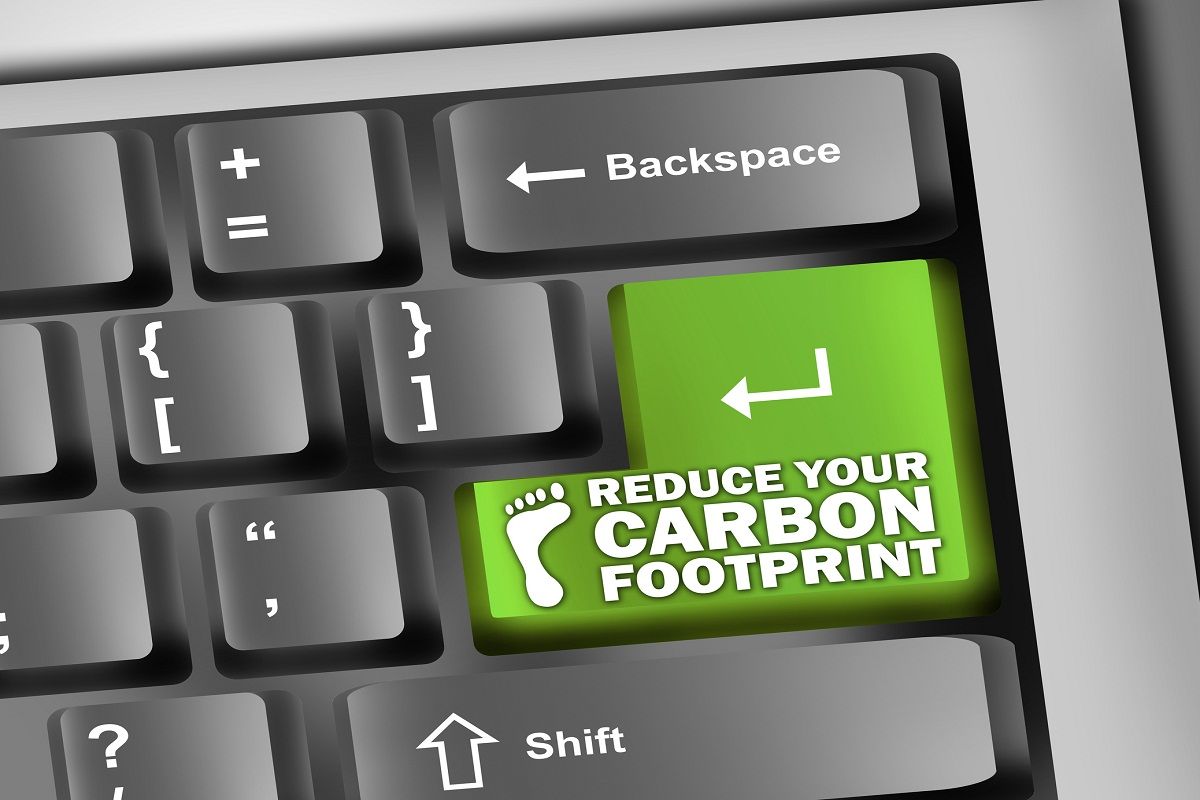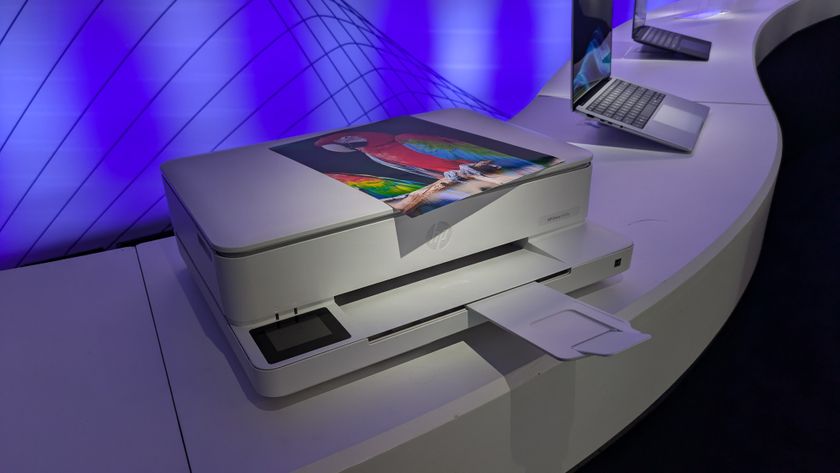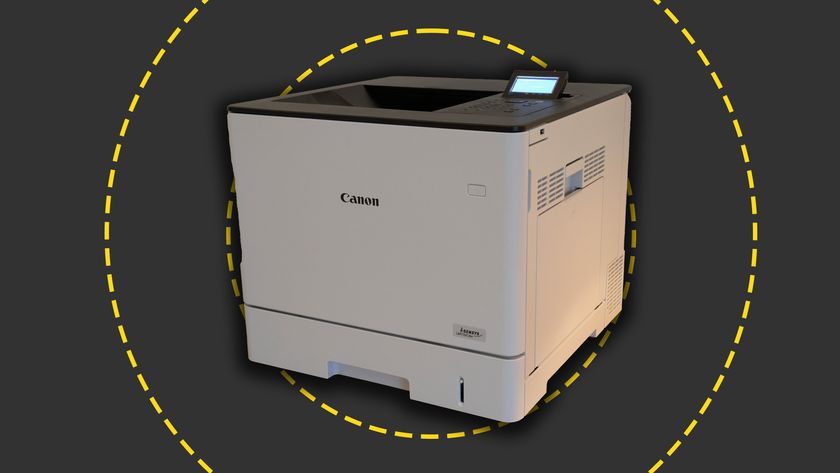Carbon Reduction: Just how easy is it for companies to reduce their carbon footprint?
With very few direct actions resulting from the recent Copenhagen meeting there was however one overwhelming conclusion agreed by all countries present; the need for carbon reduction.

Whilst no actual criteria were put in place during the meeting it is understood that the UK government are at the forefront in driving down carbon reduction. How UK businesses and individuals will be affected is yet to be understood however the government are likely to put in place new legislation to enable carbon reduction targets to be hit, and anything businesses can do now is a positive step in the right direction.
Positive Step Forward
Despite declarations of “paper free working” and “the paperless office” in reality for most businesses this concept is a long way off with printing and copying costs reported to be the third biggest expense for a company. Despite advances in scanning technology and software applications designed to enhance workflow processes which can save time, money and paper usage there is still a need for hardcopy documents and printing/copying.
The environmental impact and in particular the amount of carbon produced as a result of printing and copying all adds to the carbon footprint of an organisation, which is why Toshiba has put in place a scheme which allows for positive printing. Toshiba understand that printing/copying is inevitable, however by using one of their MFPs not only are you helping the environment you are also helping families in the developing world.
Currently there are no official regulations as to how to calculate the carbon footprint of a printer/copier which makes for comparisons between manufacturers very hard for customers looking at their MFP fleet from an environmental perspective. Toshiba has fixed this problem by completely offsetting the carbon footprint of every one of their MFPs over a five year period or one million prints/copies.
Toshiba has worked with carbon offsetting experts’ co2balance to devise the scheme and together have calculated the amount of carbon produced not only during the manufacture and transportation of the MFP but also during its use and maintenance of the MFP. All calculations have been officially verified to ensure accuracy and authenticity. The Carbon Zero status is achieved through the investment in projects that save the emission of, or absorb, an equivalent amount of CO2 to that of the MFP footprint. Through this process the emissions are balanced to become ‘Carbon Zero’, which allows for positive printing and copying with no detrimental effect on the environment.
And on the flip side
Channel Pro Newsletter
Stay up to date with the latest Channel industry news and analysis with our twice-weekly newsletter
As well as environmental targets many organisations have CSR (corporate social responsibility) targets to hit and via the Toshiba Carbon Zero Scheme families are also benefitting, with projects that have direct social, community and health benefits to families in Kenya.
Together Toshiba and co2balance are supporting projects in the Developing World to help offset this Carbon, including The African Energy Efficient Stove Project and African Energy Efficient Light Bulb Project. The projects are fully “additional”, in that without the Toshiba Carbon Zero scheme these projects wouldn’t take place.
Reducing (or eradicating) at least part of your carbon footprint is easier than you may think, and doesn’t need to involve timely calculations and monitoring. Simply by updating your MFP print/copy fleet you could be ahead of the game. Couple this with improved functionality from an MFP which allows for double printing as standard, reduced warm up times, 100 percent toner recycling and increased environmental awareness generally within the office environment any new governmental legislatives planned for 2010 and beyond might already be adhered to.
















